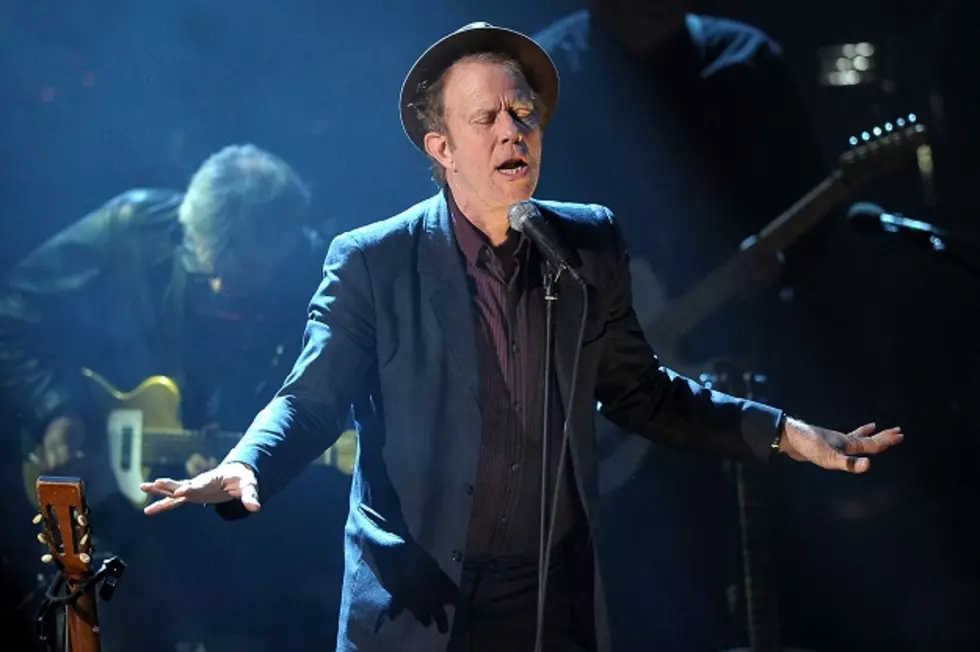
How Tom Waits Made ‘Rain Dogs’ Into a Boozy, Ghostly Masterpiece
Tom Waits' career can pretty much be divided into everything before Swordfishtrombones and everything after Swordfishtrombones. That 1983 album marked a seismic shift in the way the singer-songwriter made his records. Prior to the LP, he was a late-night jazzbo with a beatnik sense of style and phrasing, and a sense of L.A. noir doom to spare.
But on Swordfishtrombones he began relying on found sounds and junkyard percussion to power his songs, which lyrically were sort of in the same neighborhood if you squinted hard enough. He pushed aside the lounge piano that served as the backdrop of many of his best early songs in favor of instruments that could have just as well have been sent down from Mars. Two years after Waits reinvented himself on Swordfishtrombones, he got even weirder, more abstract and better on 1985's Rain Dogs, his masterpiece and the template for everything that's followed.
Waits wrote most of the album while holed up in a Manhattan basement. He also walked around the city recording the sounds he heard, which helped influence the record's grimy, rustling atmosphere. All of this went into a project that turned out to be the middle part of a trilogy made up of Swordfishtrombones. Rain Dogs, and 1987's Franks Wild Years.
In a way, Rain Dogs is a concept album about New York. But, even though there are thematic ties among the LP's 19 songs, it holds together more tightly as a musically focused and sharpened portrait of an artist in the center of a reinvention that took him from one coast to another. Artistically, the gap was just as wide between his '70s albums and where he was headed now.
From the opening "Singapore," a boozy, wobbly sea song, to the closing "Anywhere I Lay My Head," equally boozy and wobbly, but with mournful horns and a howling vocal by Waits, Rain Dogs never settles in one place. It keeps you guessing which direction it's heading next, alternating bluesy shuffles like "Big Black Mariah" with cuts like "Downtown Train," a yearning ballad later covered by Rod Stewart, who took it to No. 3 on the pop chart. Plus, Keith Richards shows up on guitar for some songs and backing vocals on one.
It's like the characters from 1974's The Heart of Saturday Night, Waits' most accomplished pre-transformation LP, know they're skidding toward danger on Rain Dogs, but they just don't care (or, more likely, there's not much they can do about it). It's a ghostly, scarred, weird and occasionally jarring record, but it's a triumph of avant-garde construction laid out in vaguely commercial terms.
Not that it boosted Waits' record sales any. Released on Sept. 30, 1985, The album stalled at No. 181, a little below Swordfishtrombones' showing and way below Small Change's No. 89 bow in 1976 (his highest-charting LP until the Grammy-winning Mule Variations made it to No. 30 in 1999). It's been a steady climb, and a growing reputation, ever since then. This is the album where the outre singer-songwriter found his truest voice.
See Tom Waits Among the Top 100 Albums of the '80s
More From Ultimate Classic Rock









